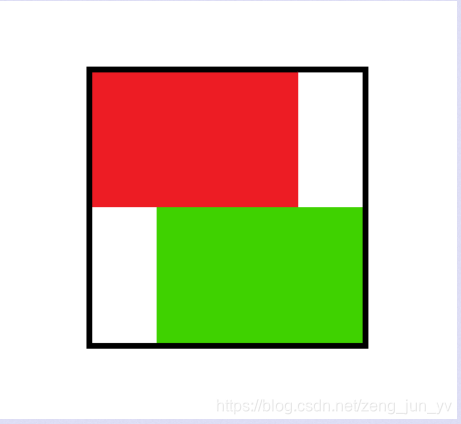题意:
给你两个大小一样的,边长为a,b的矩形将其放入一个正方形里,问怎样放可以使正方形面积最小(要求正方形边和矩形边平行)
题目:
Find the minimum area of a square land on which you can place two identical rectangular a×b houses. The sides of the houses should be parallel to the sides of the desired square land.
Formally,
You are given two identical rectangles with side lengths a and b (1≤a,b≤100) — positive integers (you are given just the sizes, but not their positions).
Find the square of the minimum area that contains both given rectangles. Rectangles can be rotated (both or just one), moved, but the sides of the rectangles should be parallel to the sides of the desired square.
Two rectangles can touch each other (side or corner), but cannot intersect. Rectangles can also touch the sides of the square but must be completely inside it. You can rotate the rectangles. Take a look at the examples for a better understanding.

The picture shows a square that contains red and green rectangles.
Input
The first line contains an integer t (1≤t≤10000) —the number of test cases in the input. Then t test cases follow.
Each test case is a line containing two integers a, b (1≤a,b≤100) — side lengths of the rectangles.
Output
Print t answers to the test cases. Each answer must be a single integer — minimal area of square land, that contains two rectangles with dimensions a×b.
Example
Input
8
3 2
4 2
1 1
3 1
4 7
1 3
7 4
100 100
Output
16
16
4
9
64
9
64
40000
Note
Below are the answers for the first two test cases:


分析:
确定正方形的边长,可知当两个矩形贴在一起,没有多余空隙的时候面积最小,此时只要判断下边长情况。以较短的边作为侧边y,那么较长的边就为x;所求的正方形的边则为a或者2*b,即为其中较大的那一个,就可以得到最小正方形面积。
AC代码:
#include<stdio.h>
#include<string.h>
#include<algorithm>
using namespace std;
int t,a,b,ans;
int main()
{scanf("%d",&t);while(t--){scanf("%d%d",&a,&b);int x=a*2;int y=b*2;if(x>y){if(a>y)printf("%d\n",a*a);else printf("%d\n",y*y);}else{if(b>x)printf("%d\n",b*b);else printf("%d\n",x*x);}}return 0;
}

知识点.doc...)

)



)




)






![[推荐]大量 Blazor 学习资源(一)](http://pic.xiahunao.cn/[推荐]大量 Blazor 学习资源(一))